Experimental Capabilities
Experimental Facilities
Six common type of growth chambers (PGW36, Conviron, Canada) and three growth rooms (GR77, Conviron, Canada) for running experiments in fully controlled and a greenhouse for semi-controlled conditions. There are instruments for studying growth, phenology and morphology of roots, physiology, anatomy, morphology, phenology and growth of aboveground parts. There is remote monitoring and programming of the chamber conditions. There are facilities for running controlled freezing tests for frost hardiness assessment of plants or their parts.
Several annual cycles of plants, including consecutive dormancy and growing seasons, can be run in one calendar year by manipulation of the environmental regimes.
Experiments duration:
Weeks, Months, Years;
Experimental Aerea
Total area: 42 m²
Total area 42m2 that is divided in four chambers with six large root containers (lysimeters) in each chamber.
Manipulations of air and soil regimes can be made independently in each of 4 chambers.
Available area: 70 m²
Greenhouse facility and several common type of growth chambers available (total of 160m2) (see point 14).
The available space depends on the experiments of other researchers
Experimental Unit Size
unit size: 40 m²
Light canopies are movable up and down depending on the size of the plants in the experiment.
Replicates
Replicates number: 4
Depends on the experimental set-up. For air temperature and photoperiod it is four and for soil temperature five. Soil water table can be adjusted for each of 24 containers independently.
Cross-Ecosystem Manipulation
We can simulate different kind of extreme conditions and their variation in soil and air (not below 0C), and their impacts on root and shoot responses and growth of trees and herbaceous plants.
Manipulation Techniques
Temporary storage
- Dark room
- Drying oven
- Freeze drier
- Freezer
- Liquid N
- Refrigerator
- Common type of growth chambers
Available Instruments
- Minirhizotron imaging (Bartz/Vienna Scientific Instruments) and image analysis sotware (RootView)
- Root scanner and image analysis software (WinRhizo pro)
- Electrical impedance spectrometers (EIS-101, Agilent 4084A)
- High pressure flow meter for root hydraulic conductance (Dynamax)
- Chlorophyll fluorescence meter (PAM 2500)
- Photosynthesis measurement devices (LiCor-6400, ADC LCpro)
- Light- and stereomicroscopes with image analysis software
- Instruments for measurement soil gases (gas chromatograph, ethylene meter)
- Soil oxygen meters with loggers
- Water potential meter

Electricity available on site.
Distance from Laboratory facilities

